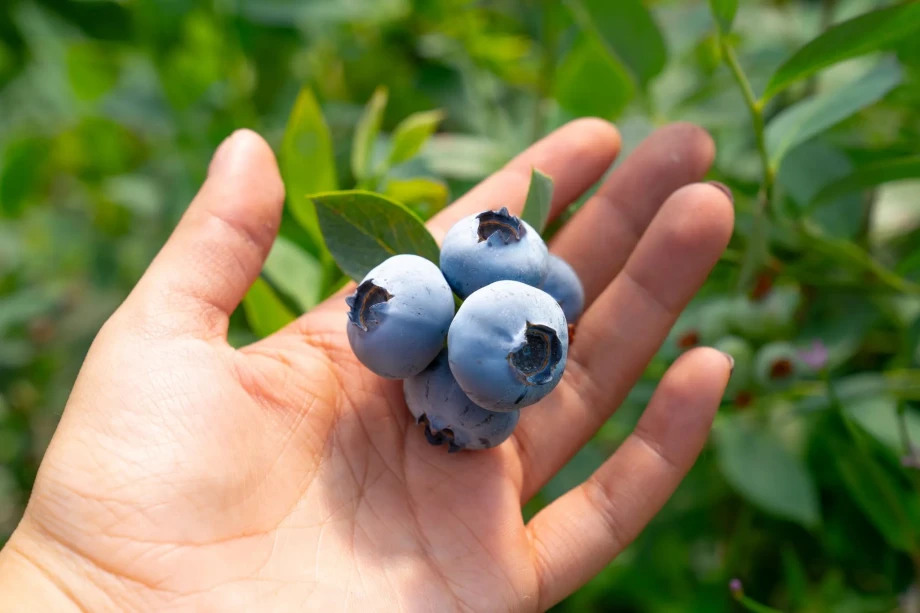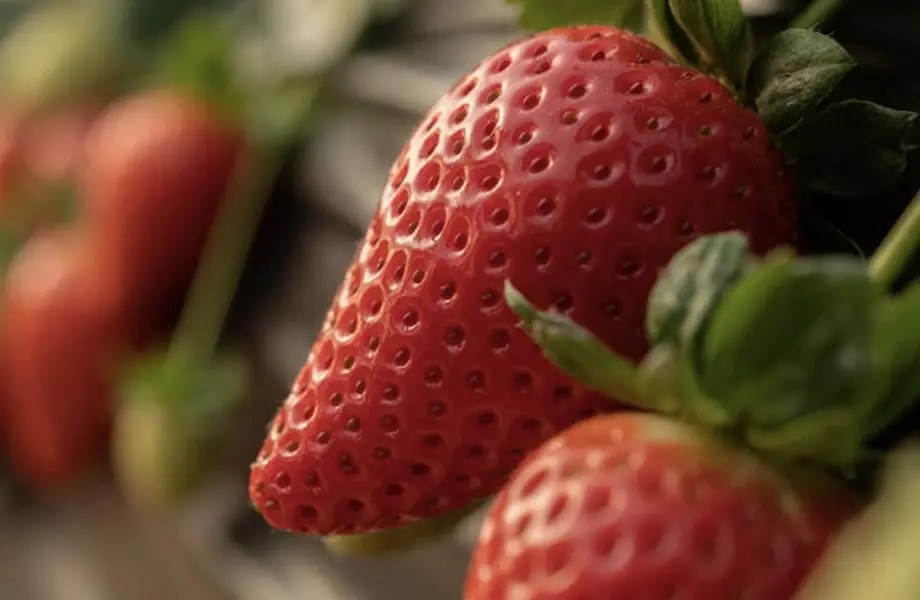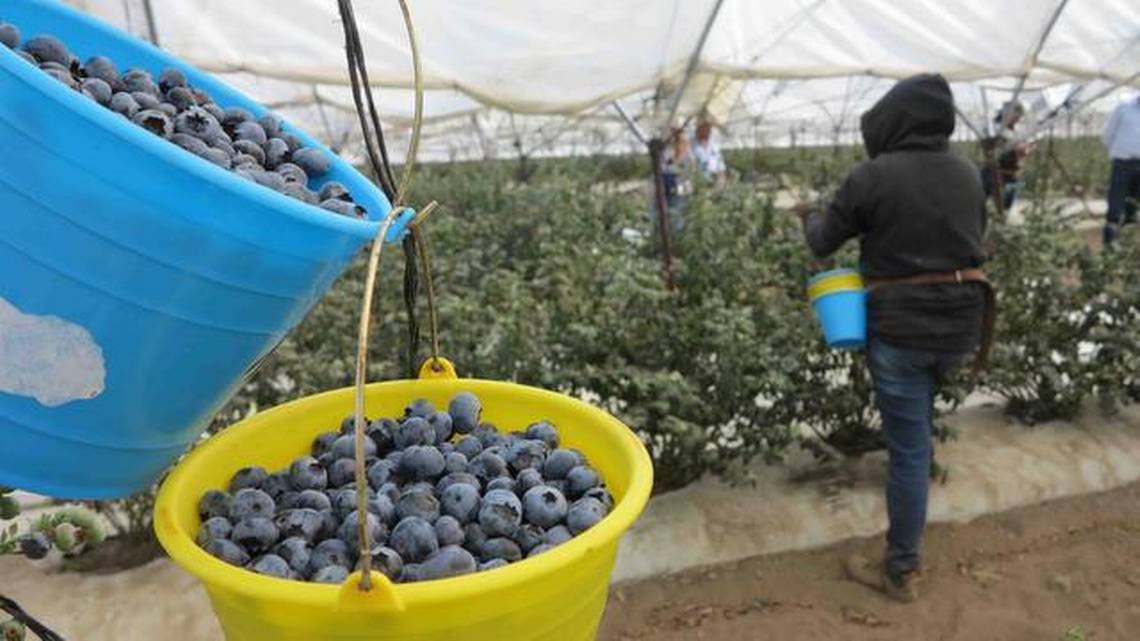This article is part of a series of content from the 2024 IBO Report published by Italian Berry in collaboration with the International Blueberry Organization.
The blueberry industry still has a long way to go to achieve consistency in fruit characteristics. However, the sector has improved its quality standards in areas like texture (due to both genetics and post-harvest practices that prolong shelf life), flavor (sweetness, sweetness-acidity balance, or flavor sensation triggered by specific chemical compounds known as metabolites), texture, and visual appearance, all essential elements to encourage repeat purchases.
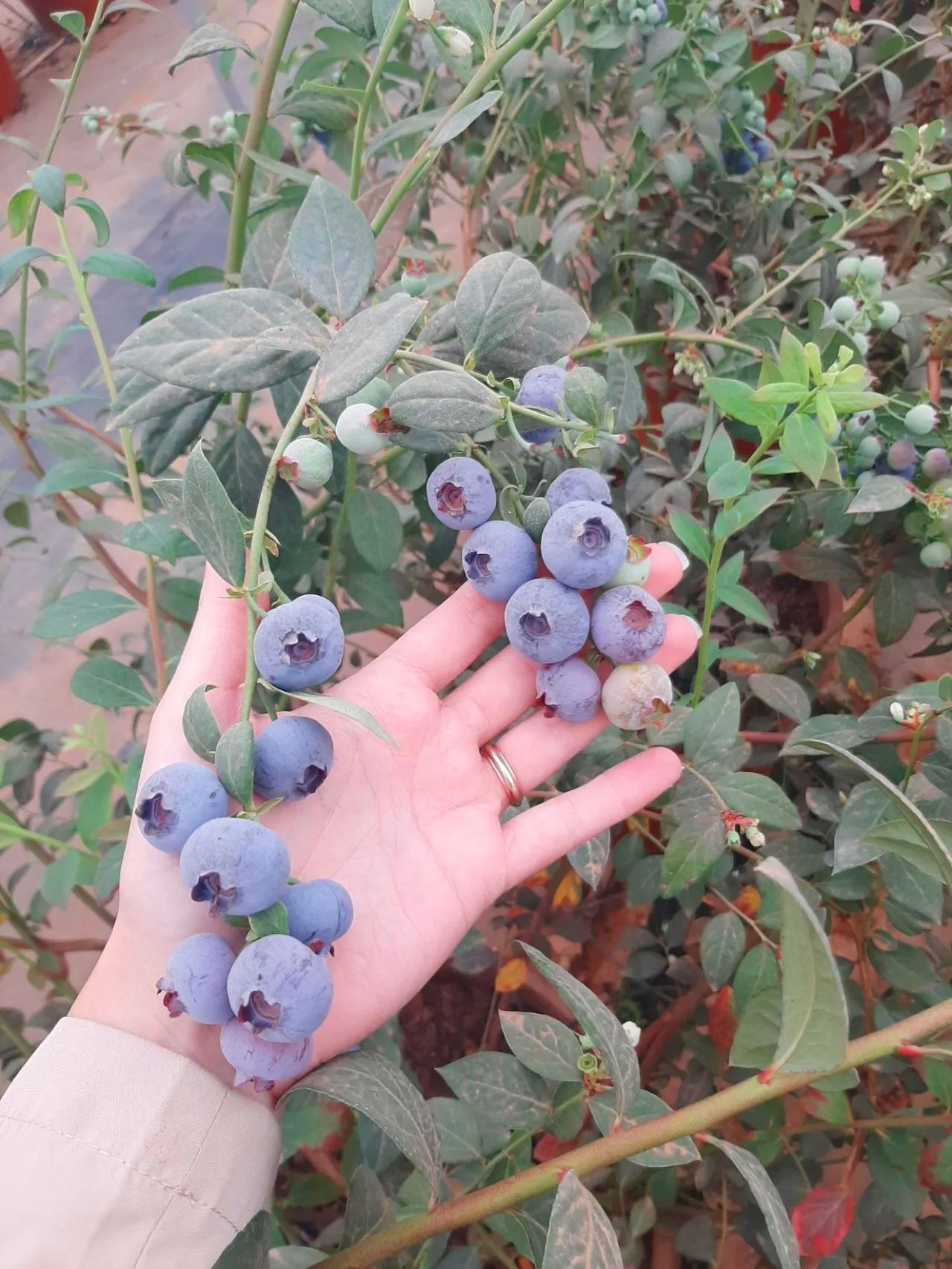
Moreover, the market has seen a rise in larger-sized berries or "jumbo" blueberries, a feature that generally commands a premium price. Still, size alone does not imply better flavor. The ultimate goal is to satisfy consumers with every purchase—a challenging task.
The Importance of Size and Market Segmentation
Some industry players are concerned about overemphasizing size as an indicator of premium quality. In recent years, due to supply shortages, the industry sometimes reverted to a "if it's round and blue, it sells" approach. As supply dynamics evolve and volumes increase, standard or lower-quality fruits see drastic price declines, while premium blueberries retain their value.
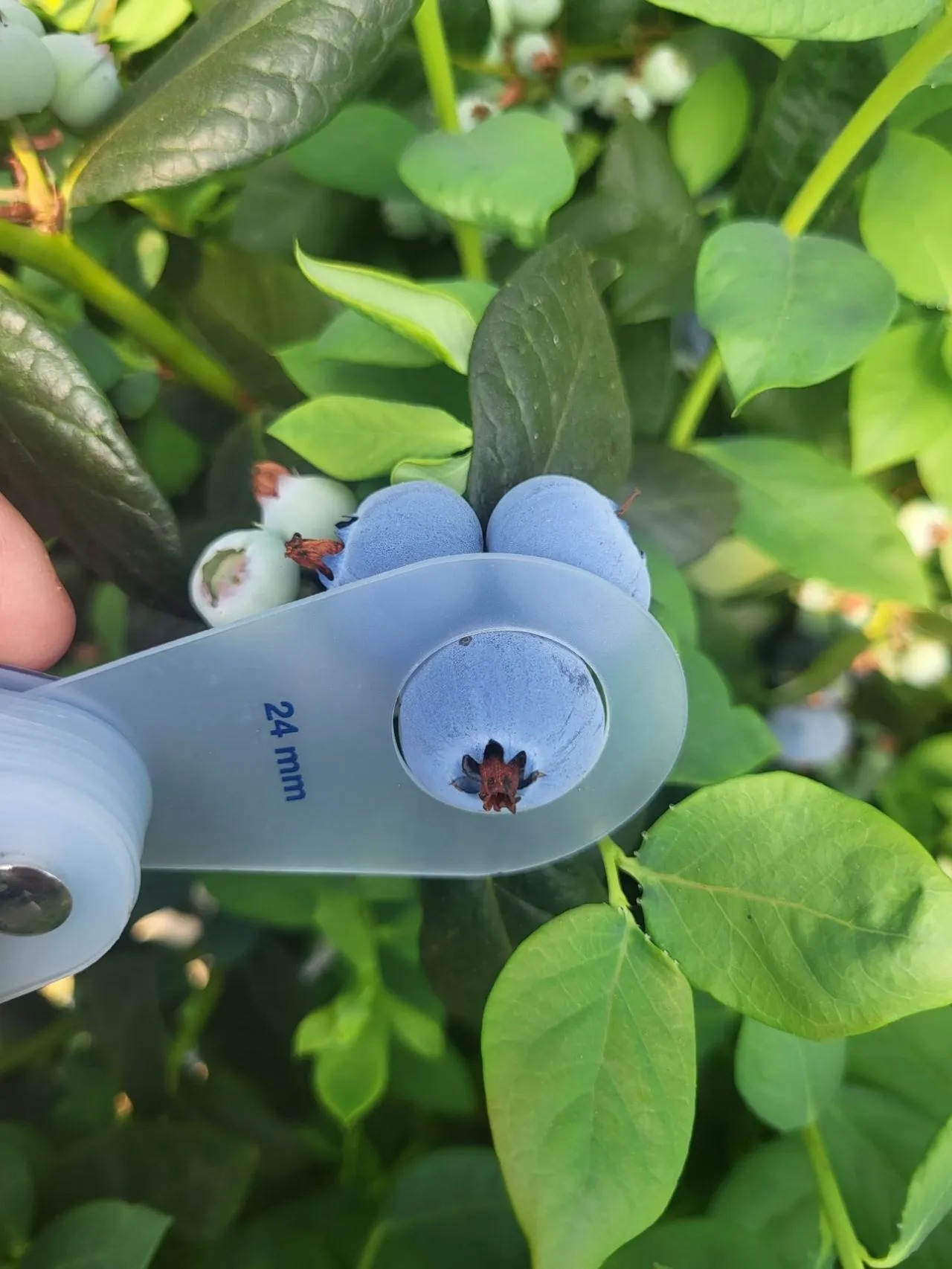
Segmentation has spread more widely, including in emerging markets across Asia and South America (notably Colombia and Ecuador), which have adopted a more tiered quality system.
New Genetics and Emerging Varieties
There is significant momentum toward improvement, visible as fields mature with new genetics, mainly southern highbush varieties. In certain regions, such as Michigan and Eastern Europe, northern highbush plantings with premium genetics are emerging, selected to replicate desirable traits of southern highbush.
This trend in premium northern highbush could impact the market within 3-5 years. Following the southern highbush genetic boom, major industry players are now targeting northern highbush varieties as the next wave of transformation.
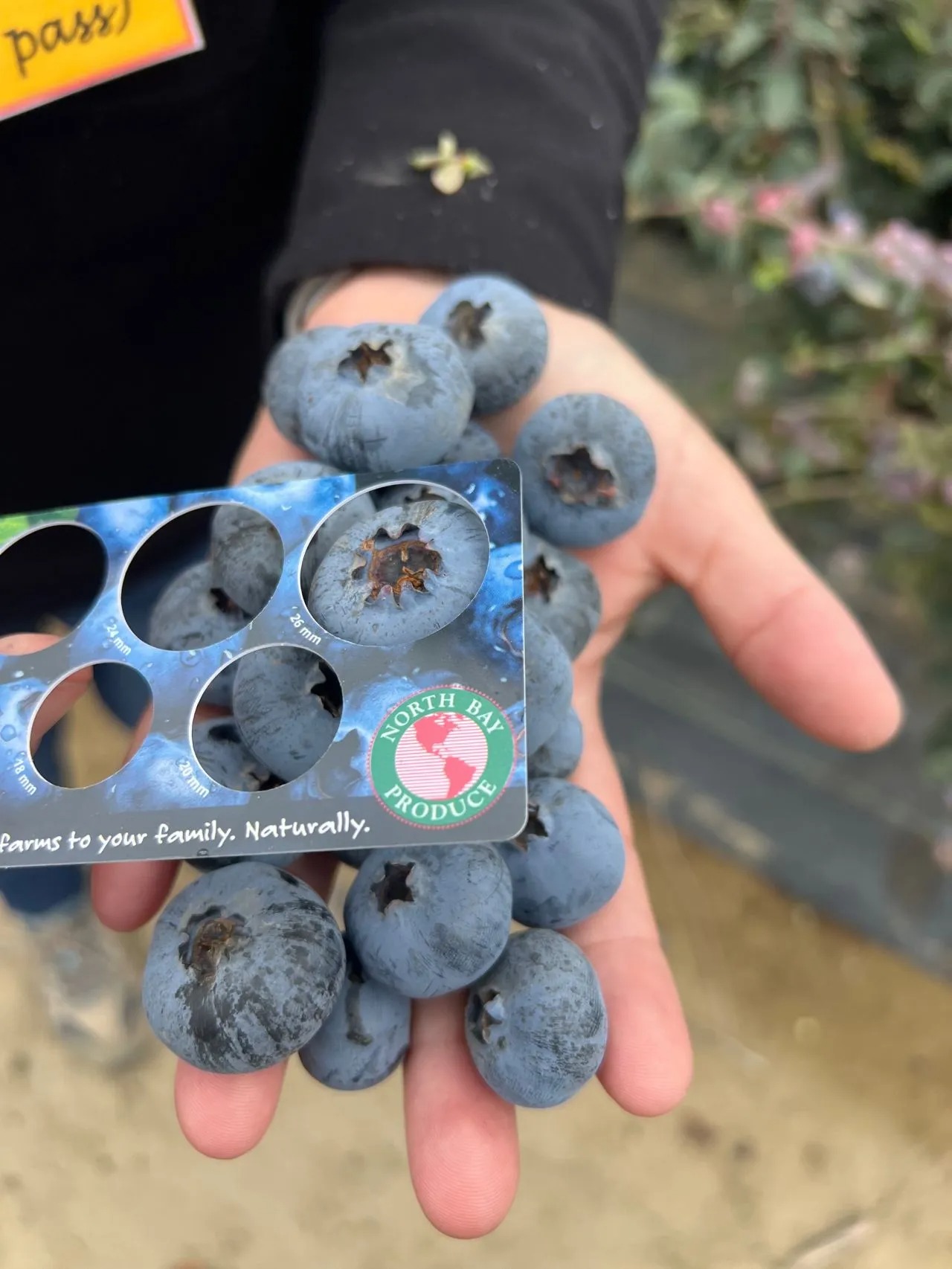
Growers' Strategies and Market Evolution
There is some reluctance among growers regarding the suitability of cultivars for specific geographies or the economic aspects of transition. However, part of the retail sector supports this shift to elevate quality standards for berries grown near key markets like the US, Canada, and Western Europe. This trend helps retailers avoid seasonal premiums for imported fruits and promotes high quality year-round.
Variety Renewal and Product Diversity
Renewing southern highbush varieties with new genetics is ongoing. Except for regions like South Africa and Morocco, most rapidly growing global areas for blueberries primarily aim to fill supply gaps rather than produce premium-quality fruit.
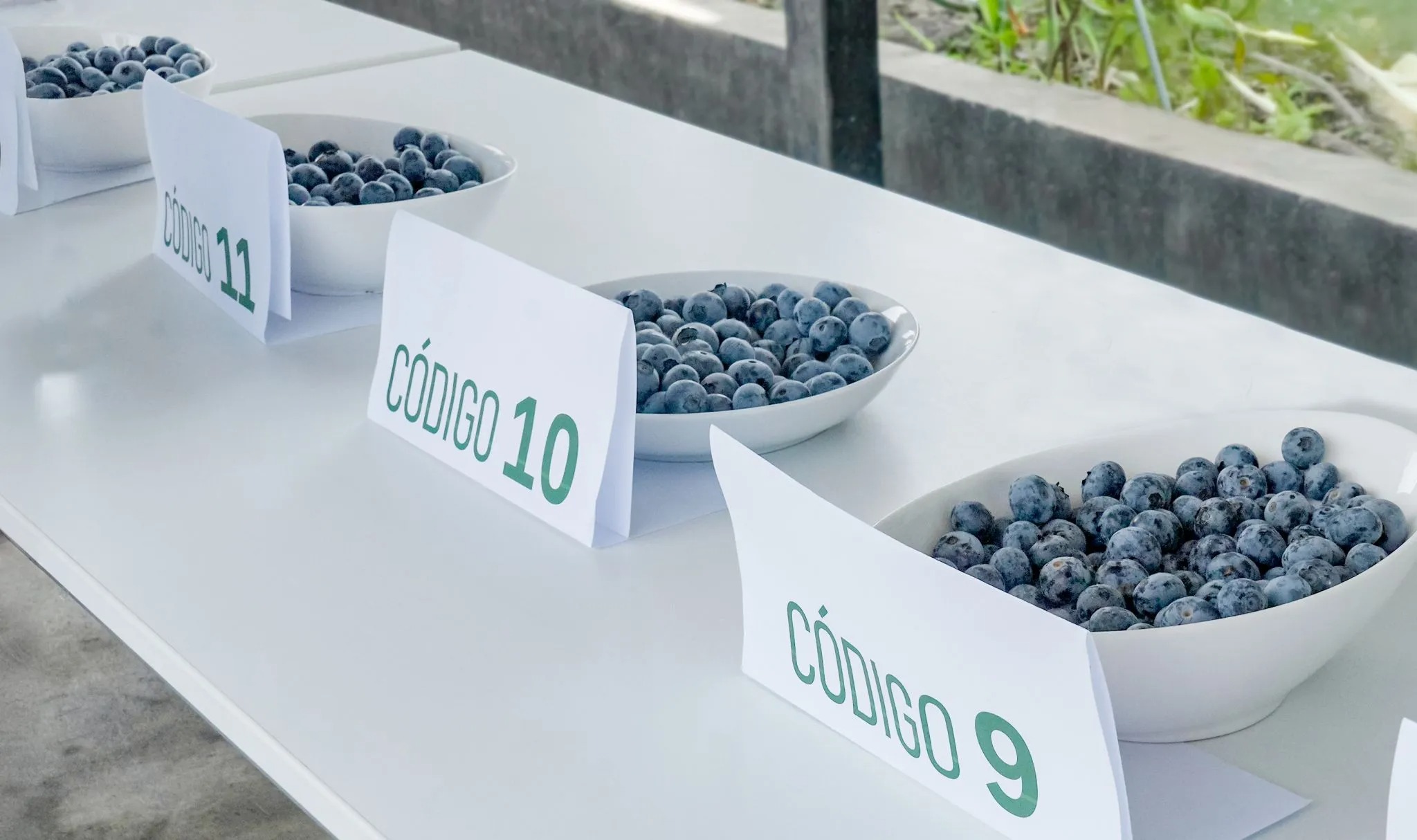
As new varieties increase, a crisis of identity emerges, with blueberries on the shelf now more varied than ever. Flavor experience varies greatly, and size does not indicate taste. Consumers are left to guess each purchase unless they trust specific brands or retailers to consistently meet their expectations, ideally year-round.
Continue Reading
Click here to read more articles on the 2024 IBO Report.
The report is also available in its full original version (in English) as a free download.







